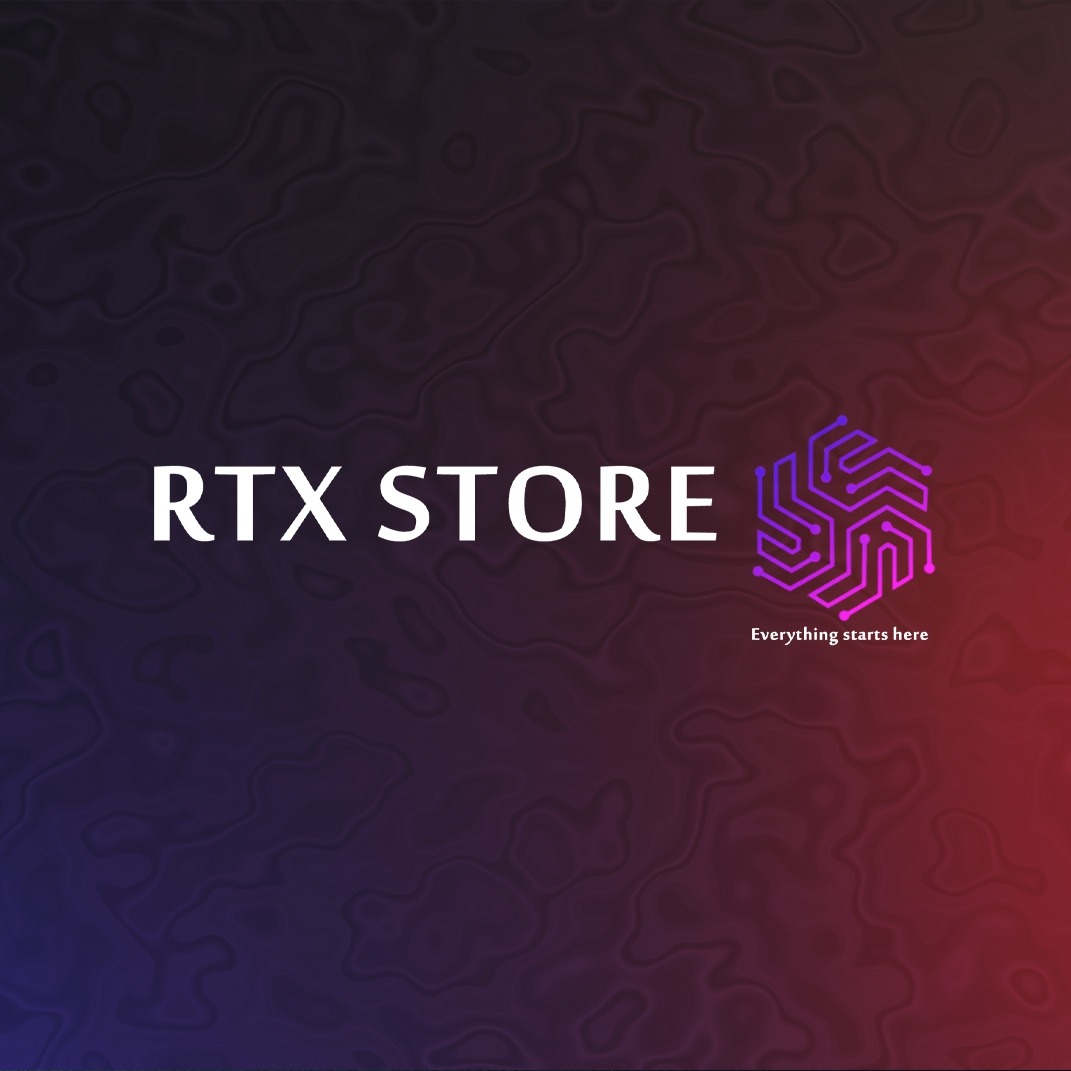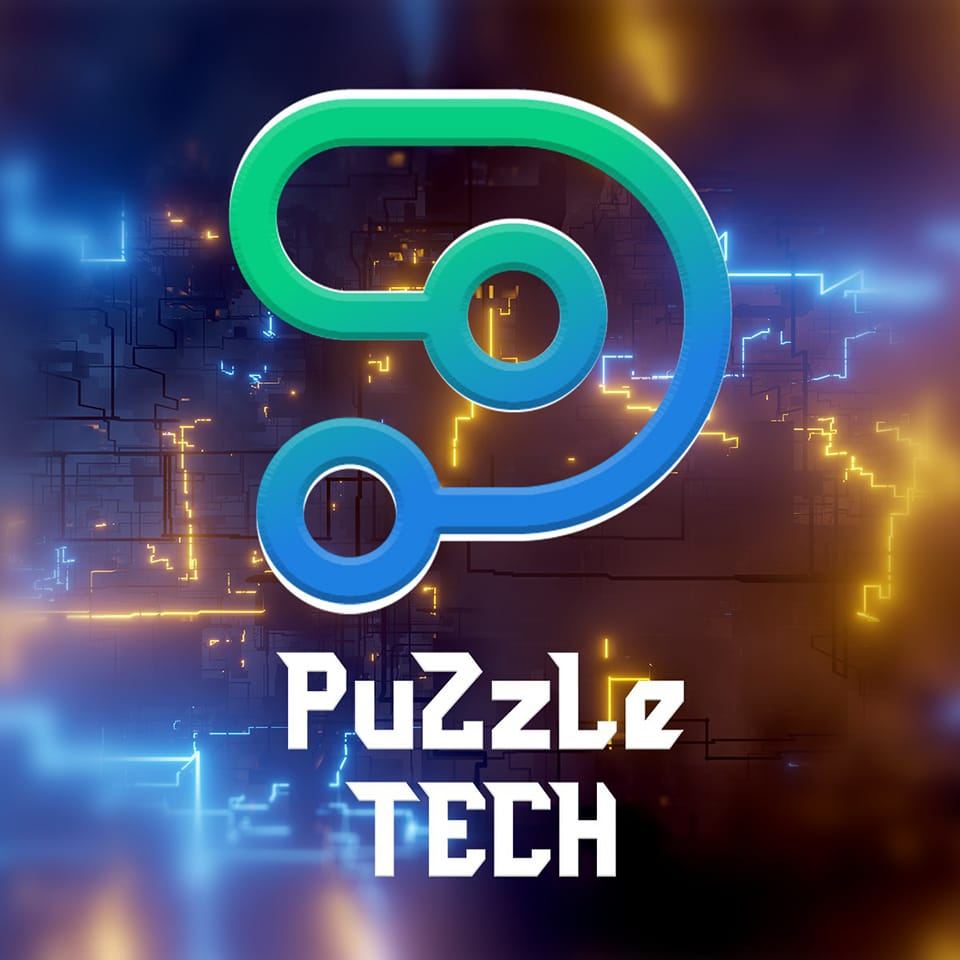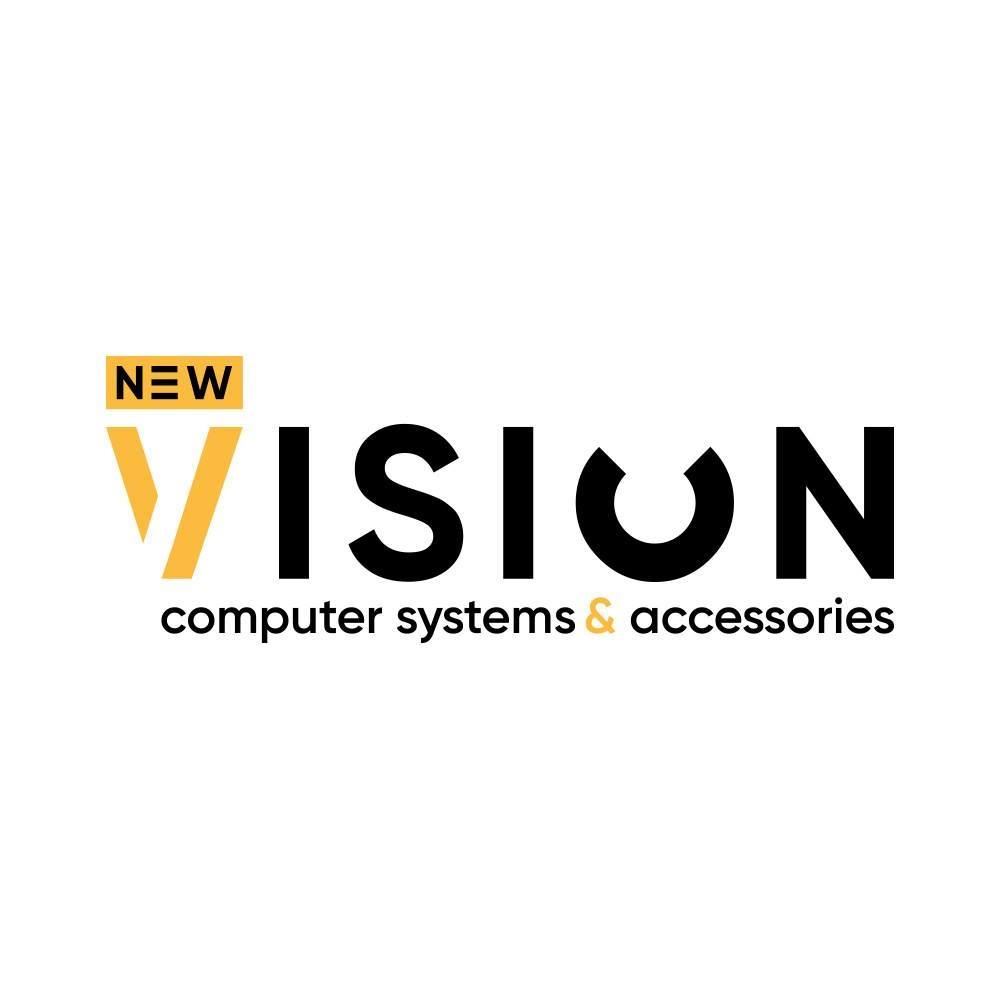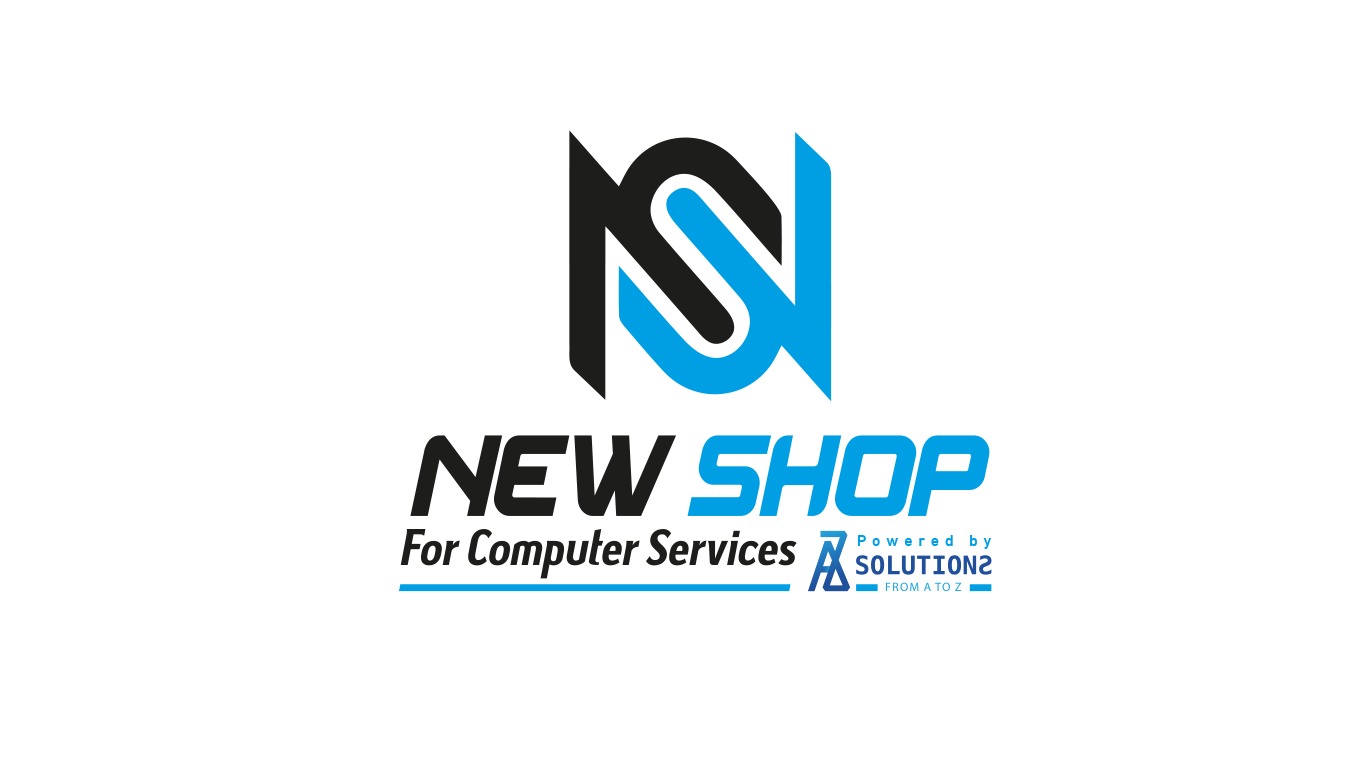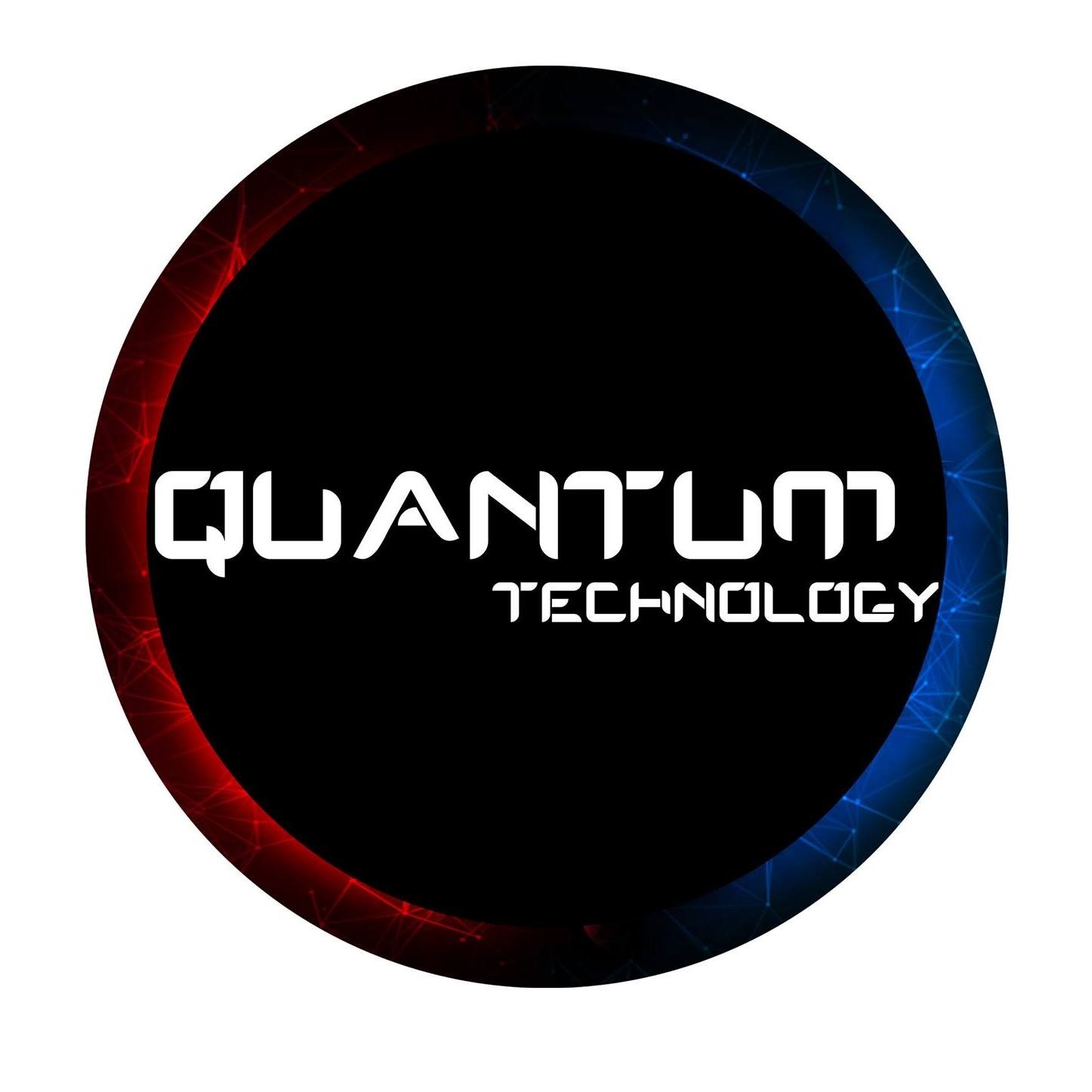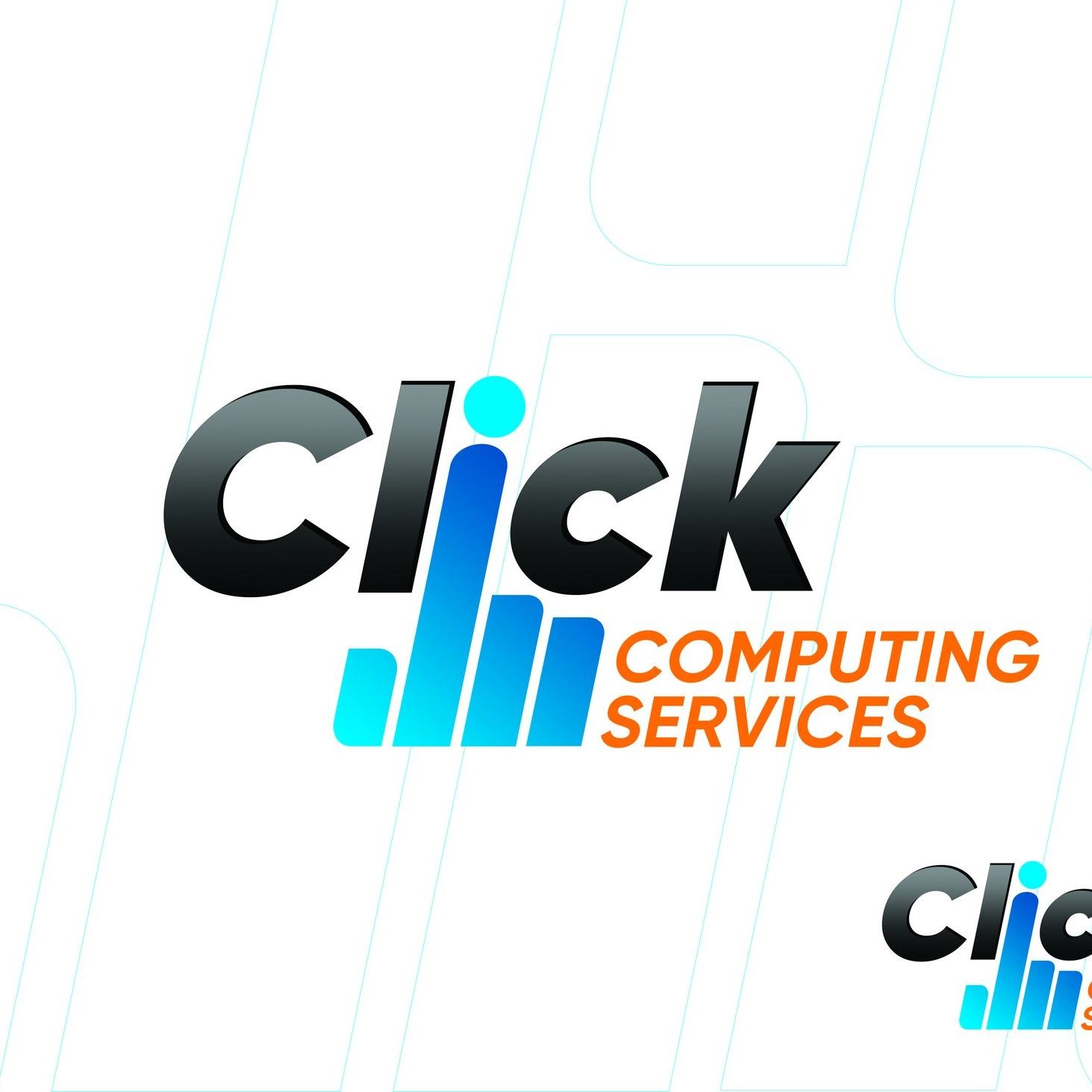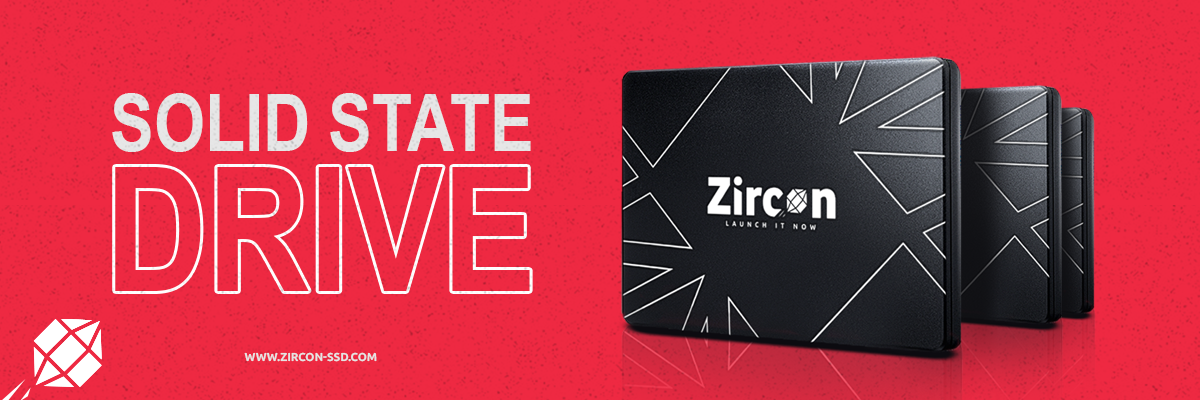
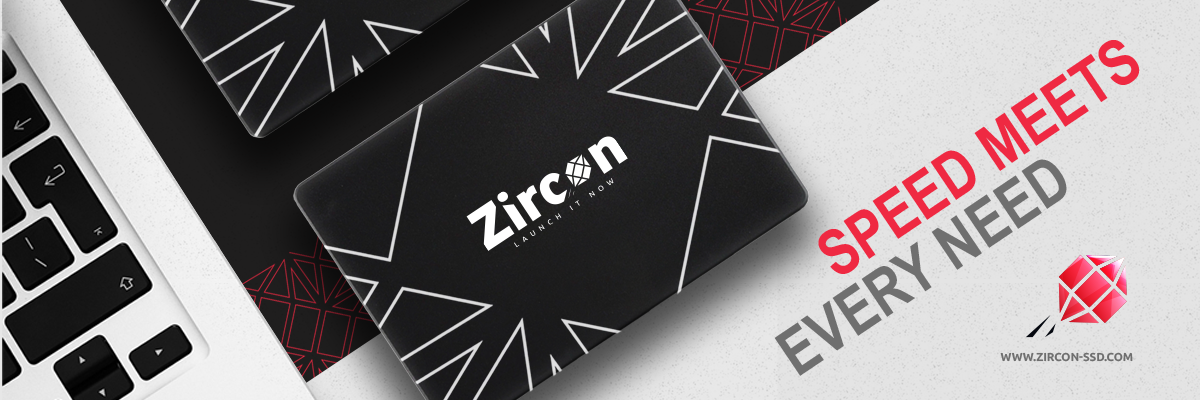
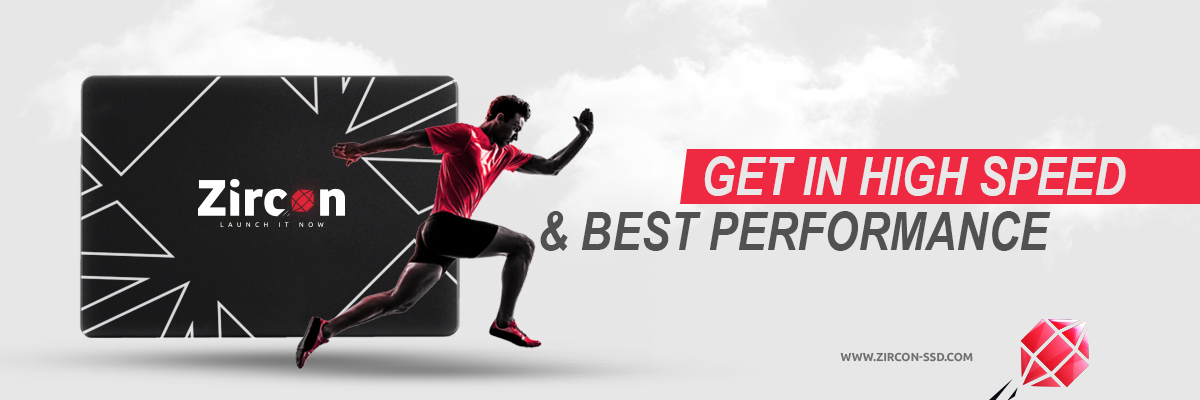
Welcome to Zircon - the premier brand for solid state drives (SSDs). At Zircon, we understand the importance of lightning-fast data transfer and access speeds. That's why we've dedicated ourselves to developing the best SSDs on the market.
Our drives are designed with performance and reliability in mind. Whether you're a gamer, a creative professional, or just someone who needs their data to be accessible at all times, Zircon has an SSD solution for you.
Our product lineup includes a range of form factors and storage capacities to fit any need. From high-capacity internal drives to ultra-compact external options, we've got you covered.
But we don't just stop at hardware. We also offer software solutions to help you optimize your system and get the most out of your Zircon SSD.
Thank you for choosing Zircon. We're confident that our drives will exceed your expectations and help you get the most out of your computer.

